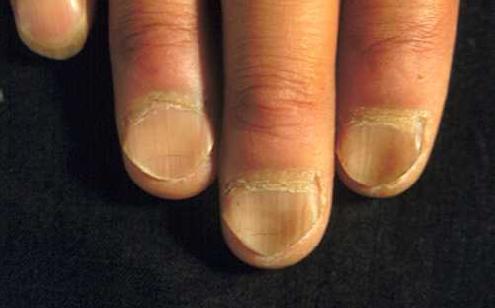Synonyms: Spoon-shaped nails, Concave nails Definition of koilonychia: Loss of longitudinal and lateral convexity of the nail, with thinning and fraying of the distal portions. Conditions associated with koilonychia: Normal variant Soft nails with occupational damage Iron deficiency anemia Hemochromatosis Raynaud’s syndrome Psoriasis (Koilonychia with subungual keratosis) Mechanism of koilonychia in…
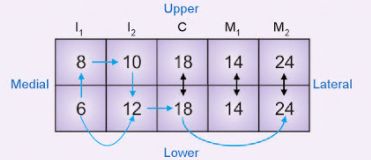
Dental eruption : Mnemonic
Primary teeth begin eruption at around 6 months and Permanent teeth at around 6 years. In general, lower tooth erupts before it’s upper counterpart with few exceptions (lower before upper rule). Age of 6-12 years is a period of mixed dentition (eruption of permanent 1st molar to eruption of 2nd…
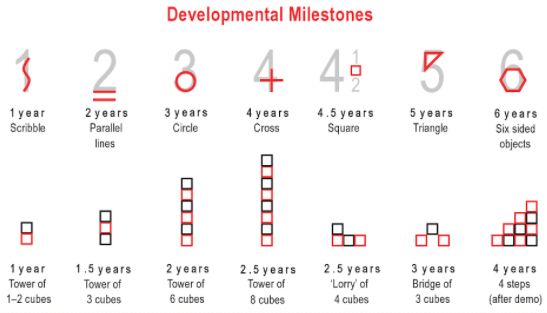
Developmental Milestones : Mnemonic
Principles of development Development proceeds from the head downward (cephalocaudal principle). Development proceeds from the center of the cody outward (proximodistal development). Development depends on maturation and learning. Development proceeds from the simple to the more complex. Growth and development is a sequential and continuous process. Growth and development proceed…
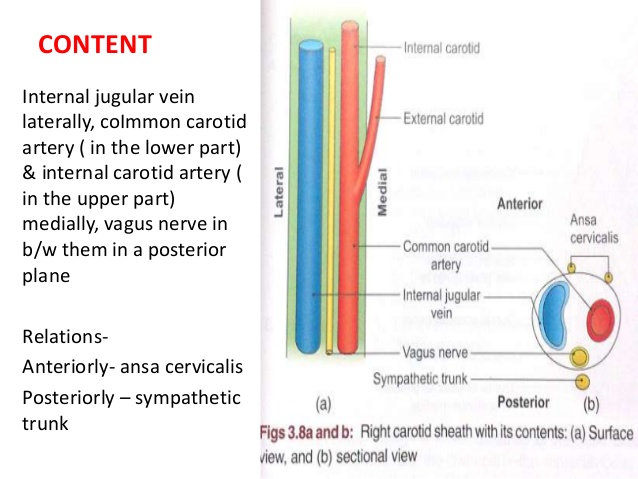
Neurovascular Relations in Anatomy
Porta hepatis Mnemonic: DAVE From anterior to posterior: Ducts (right and left hepatic duct branches) Arteries (right and left hepatic artery branches) Vein (portal vein) Epiploic foramen (foramen of Winslow) Femoral triangle or Scarpa’s triangle Mnemonic: NAVEL From lateral to medial Nerve (femoral nerve and femoral branch of genitofemoral nerve)…
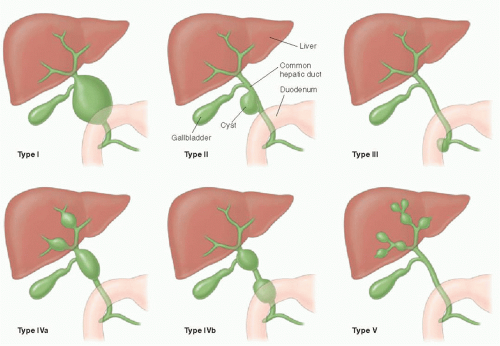
Choledochal Cysts : Mnemonic for Todani Classification
Todani Classification of Choledochal cysts Mnemonic: Consider I is “Extrahepatic” and V is “Intrahepatic”, then – Type I, II and III = Extrahepatic Type IV = Extrahepatic + Intrahepatic Type V = Intrahepatic Most common: Type I 2nd most common: Type IV Type I-III: Extrahepatic Mnemonic: 123 EDC Type…
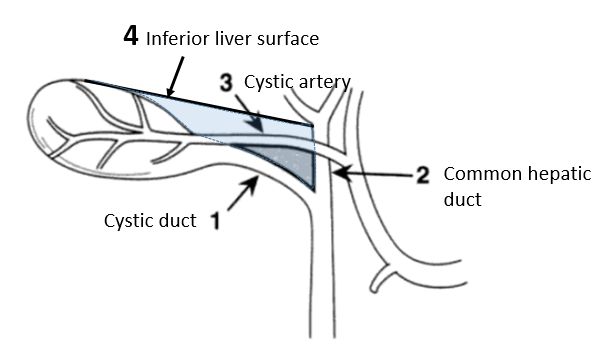
Calot’s triangle : Mnemonic
Synonyms: Calot triangle, Cystohepatic triangle Boundaries: Cysto-hepatic triangle (Budde-Rocko triangle): Calot’s triangle as described in modern surgery: Mnemonic: 3 C 1. Cystic duct 2. Common hepatic duct 3. Cystic artery Contents: Importance: The cystic artery and the duct have to be clearly defined to obtain the ‘critical view of safety’. These…
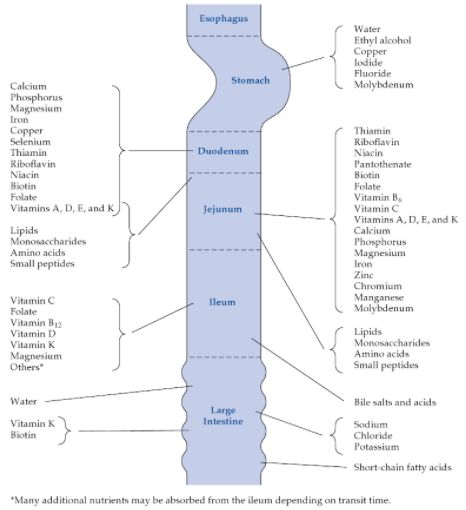
Site of absorption of Vitamins, Minerals and Nutrients
Duodenum Calcium Thiamine Iron Protein Carbohydrate Jejunum/Proximal ileum Fat Vitamins A, D, E, K Water-soluble vitamins Folate Essential minerals Copper Zinc Phosphorous Magnesium Terminal ileum Vitamin B12 Bile salts Reference: The SAGES Manual: A Practical Guide to Bariatric Surgery edited by Ninh T. Nguyen, Eric DeMaria, Sayeed Ikramuddin, Matthew M. Hutter

Long term PPI use : Associated risks
Proton pump inhibitors (PPI) are often self-prescribed by the patients and since PPIs are available over-the-counter, patients can have free access to them and for long periods of time, without seeking medical attention. Although guidelines for OTC use suggest a short course (2 week treatment) of PPIs in patients with typical…
